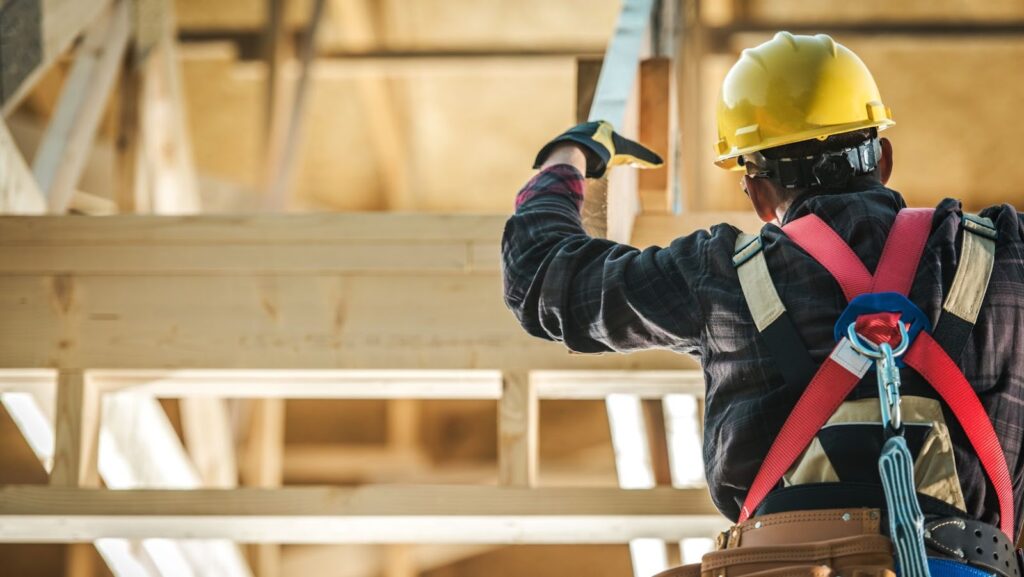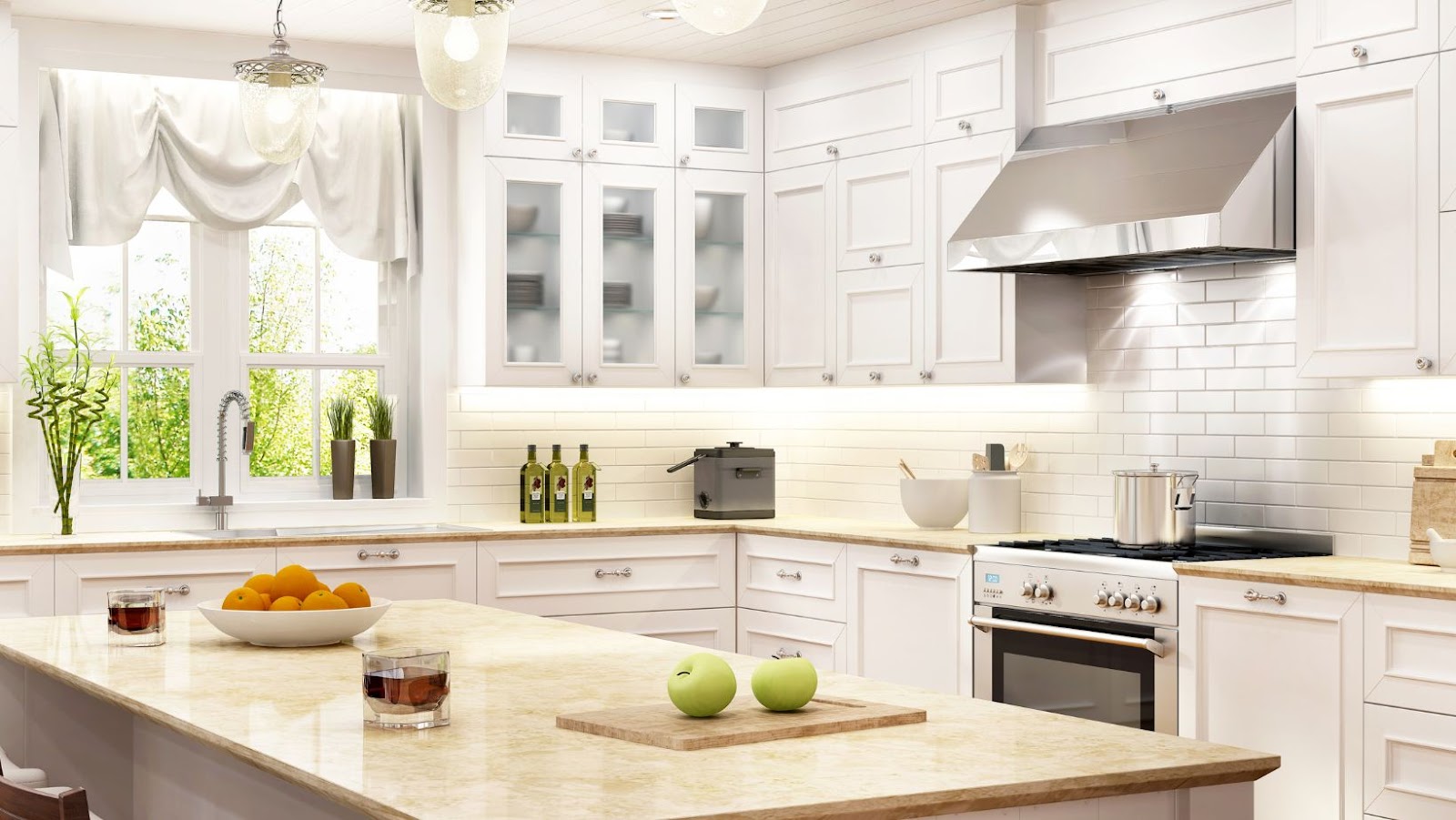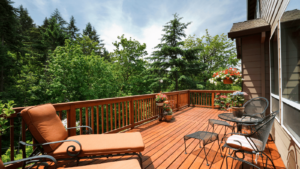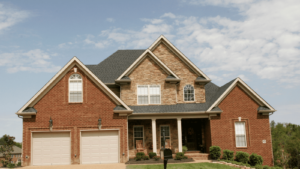The Drawbacks of Wood Construction

Are you in the market for an affordable, energy-efficient building material? You’ll definitely want to weigh the pros and cons of brick construction and wood before making a decision.
This article examines the initial costs of both materials and considers long-term savings when choosing either option.
In construction, choosing the best materials can be a challenging task. Brick and wood are two of the most widely used building materials, but what factors should you consider when choosing between them?
One significant factor to consider is the cost of construction, and with brick and wood, cost plays a significant role in the decision-making process. While brick is a versatile, durable, and fire-resistant material, it is often more expensive than wood. On the other hand, wood is a popular choice due to its affordability, ease of use and has insulating properties. However, its durability is questionable, and it is more susceptible to fire or termite damage.
Ultimately, the decision to use brick or wood in your construction project will depend on your budget, desired aesthetic, and the longevity of the structure.
Advantages of Brick Construction
One of the advantages of brick construction over wood is the cost-effectiveness in the long run. Although initial costs for brick construction can be higher than wood, the durability and low maintenance of brick make it more cost-effective in the long term.
Here are some cost comparisons between brick and wood:
Initial costs: Brick is initially more expensive per square foot than wood.
Durability: Brick buildings have a longer lifespan (100+ years) than wood structures (20-30 years) and often require fewer repairs and maintenance.
Insulation: Brick has better insulating properties than wood, meaning lower energy bills and more significant energy savings in the long run.
Resale value: Brick homes typically have a higher resale value than wood homes, making them a better investment option.
When comparing brick and wood construction costs, it’s essential to consider the long-term benefits and not just the initial cost per square foot.
Pro Tip: When considering brick construction, look for energy-efficient options like insulated brick to maximize cost savings in the long run.
Disadvantages of Brick Construction
Although brick construction has its benefits, such as durability and energy efficiency, it also comes with several disadvantages, including cost. Brick masonry is pricier compared to wood construction, which makes up for the majority of residential construction globally.
The cost of constructing brick houses and buildings is significantly higher due to the following factors:
Materials: Bricks, cement, and other ancillary materials are expensive due to high demand and production costs.

Labor: Brick masonry is a skilled trade, which means that the labor is expensive compared to the relatively unskilled labor required in wood construction.
Time: Bricklaying takes longer than wood framing, prolonging construction time and increasing labor costs.
The high cost of brick construction can be prohibitive for some homeowners and builders, forcing them to opt for more cost-effective options like wood construction.
Advantages of Wood Construction
Wood construction offers several advantages over brick construction, including lower costs and greater design flexibility.
In terms of cost-effectiveness, wood construction is generally more affordable than brick construction. Not only is the cost of wood itself lower than that of brick, but wood is also easier and quicker to work with. This means that the overall cost of a wood construction project, including labor, is often significantly lower than that of a brick construction project.
Wood construction also allows for a greater range of design options. Wood can be cut and shaped into a wide variety of different sizes and shapes, making it ideal for custom projects. Additionally, wood can be easily stained or painted to match any color scheme or aesthetic, making it a highly versatile building material.
Pro Tip: When planning a construction project, carefully consider the benefits of wood construction as an affordable, flexible, and customizable option that can meet your unique needs and preferences.
Disadvantages of Wood Construction
While wood construction is a popular building material, it comes with several disadvantages that may make brick construction a better alternative for some homeowners.

Here are some of the drawbacks of wood construction:
1. Flammability: Wood is highly flammable, which means it can pose a high fire risk to buildings.
2. Susceptibility to water damage: Wood can rot, warp or deteriorate when it comes in contact with moisture. This can lead to costly repairs and replacements.
3. Limited lifespan: Wood has a shorter lifespan than brick, which can lower the resale value of your property over time.
Brick construction, on the other hand, is highly durable, resistant to fire and moisture, and has a longer lifespan than wood. Although brick construction can initially cost more than wood, its durability and strength can save money in the long run.
Cost of Brick Construction vs. Wood
When comparing the cost of brick construction versus wood, many factors come into play. Generally, brick construction is more expensive than wood due to the higher cost of materials and labor, but it can offer several cost-saving advantages in the long term.
Brick construction costs include materials, such as brick, mortar, and rebar, in addition to labor expenses. On the other hand, wood construction requires less construction materials and less skilled labor, making it less expensive.
However, brick construction can provide durability and energy efficiency benefits that could potentially save you money in the long-term. Brick buildings are more resistant to natural weather elements and offer insulation, which can reduce heating and cooling costs.
Therefore, while brick construction is initially more expensive, it can pay off in the long term in terms of durability, energy efficiency, and lower maintenance costs.
In conclusion, when it comes to choosing between brick and wood construction, cost plays a significant role in the decision-making process.
Brick construction is generally more expensive than wood due to the cost of materials and the additional labor required for installation. However, brick is more durable, fire-resistant, and requires minimal maintenance, making it a better long-term investment.
On the other hand, wood construction is more affordable and faster to install. However, it is less durable, prone to fire damage, and requires more maintenance.
Ultimately, the choice between brick and wood construction depends on your budget, building needs, and long-term goals for the property. It’s essential to consider both the short-term and long-term costs and benefits before making a decision.
Pro tip: Consult with a trusted contractor or building professional to determine the best construction type for your specific project and budget.
FAQs
FAQs – Cost of Brick Construction vs Wood
The cost of brick construction is generally higher than wood construction due to the materials involved and the expertise required for installation. However, brick has many advantages over wood, including durability, fire resistance, and energy efficiency.
Here are some factors to consider when comparing the cost of brick construction vs. wood:
- Brick requires a higher initial investment, but it can last for decades and requires less maintenance than wood.
- Wood is less expensive overall, but it may require frequent repairs and replacements.
- Brick is more energy-efficient, as it provides better insulation and reduces heating and cooling costs.
- Wood has a lower environmental impact than brick, as it is a renewable resource.
Ultimately, the decision between brick and wood construction will depend on your budget, priorities, and long-term goals for your home or building.






